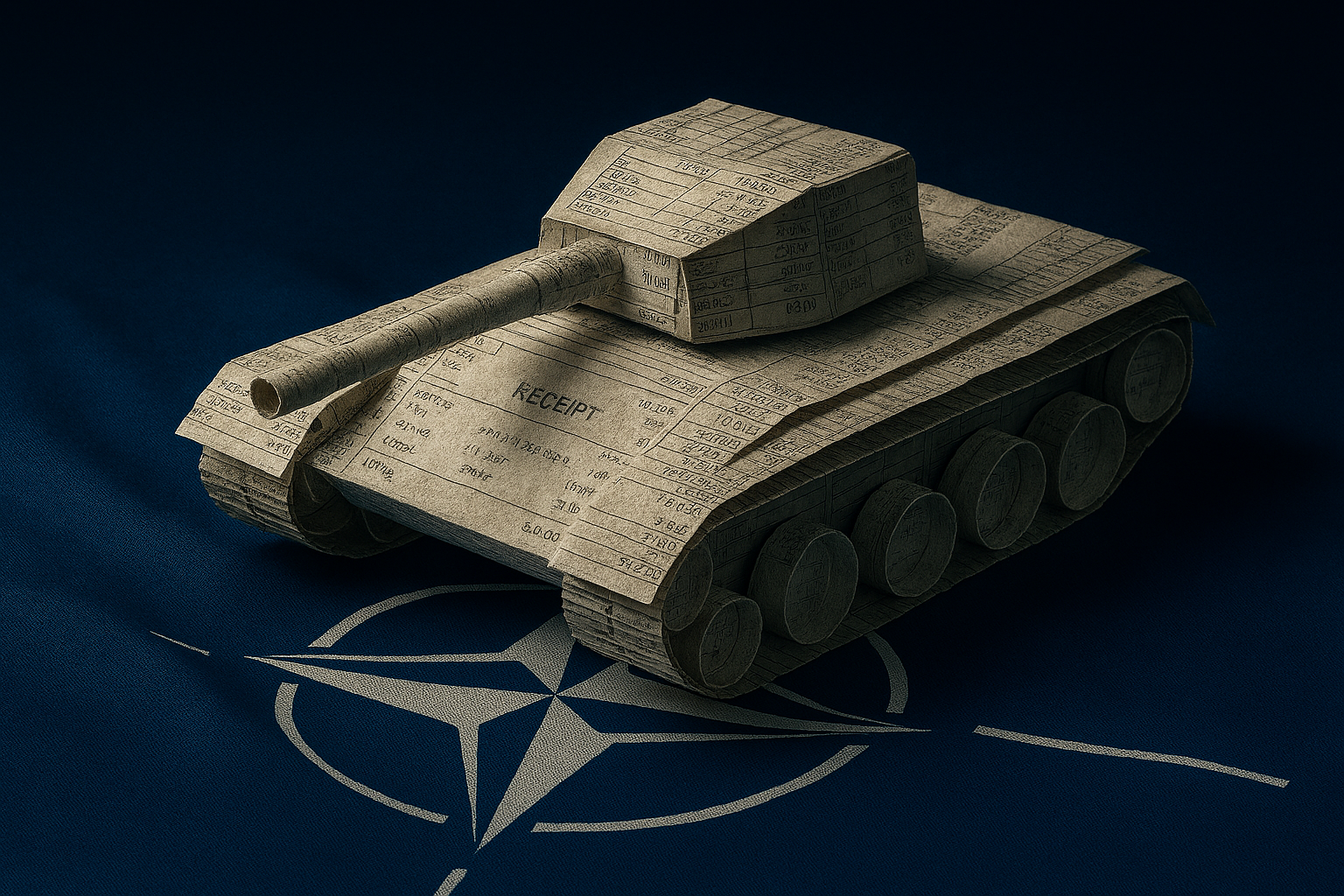NATO’s Creative Accounting: How Allies Meet Trump’s Demands

NATO’s “Creative Accounting” Exposed: How Allies Are Meeting Trump’s 2% Spending Demand
As pressure mounts from Donald Trump for every NATO member to meet a 2% of GDP defense spending target, a closer look at the numbers reveals a surprising trend: some allies are using NATO creative accounting to get over the finish line. While more countries are hitting the 2% mark than ever before, analysis shows that the definition of “defense spending” has been stretched to include items that go far beyond traditional military hardware, raising questions about the true state of the alliance’s military readiness.
This practice of reclassifying budgets allows leaders to present a politically acceptable number, especially in response to the Trump NATO spending demands. However, critics argue it creates a two-tiered alliance: one with members making genuine investments in combat power, and another meeting the target on paper while their military capabilities lag behind.
What Counts as “Defense Spending”?
The official NATO guideline is for members to spend at least 2% of their Gross Domestic Product (GDP) on defense. However, the definition of what can be included is surprisingly broad. This flexibility is now being used to its full extent.
Examples of creatively counted expenditures include:
- Pensions for retired military personnel: In some countries, these payments make up a significant portion of the defense budget.
- Cybersecurity for non-military ministries: The budget for protecting civilian government infrastructure is sometimes included.
- Border guard and national police salaries: Costs for gendarmerie-style forces that have both civilian and military roles are often counted.
- Infrastructure projects: Building roads or bridges that could theoretically be used by the military in a crisis.
While these expenses are arguably related to national security, they don’t contribute directly to the deployable combat forces—the tanks, ships, and jets—that are at the core of NATO’s collective defense mission.
The “Hollow Army” Problem
The primary risk of this creative accounting is that it can mask a serious lack of investment in actual military capability. A country can proudly announce it has met the 2% NATO spending target while its armed forces are still dealing with aging equipment, ammunition shortages, and poor readiness.
This creates what analysts call a “hollow army”—an army that looks good on a spreadsheet but lacks the muscle to fight effectively.
| Creative Accounting Item | Impact on Military Readiness |
|---|---|
| Military Retirement Pensions | Does not buy new equipment or ammunition. |
| Civilian Infrastructure | Does not train soldiers or maintain fighter jets. |
| National Police Budgets | Does not contribute to NATO’s deployable combat brigades. |
This discrepancy is a major concern for military planners who worry that in a real crisis, some allied forces might not be as capable as their spending figures suggest.
The Trump Effect: Politics Over Prowess?
The intense political pressure from Donald Trump has been a double-edged sword. On one hand, it has successfully pushed many allies to allocate more money towards defense. On the other, it has incentivized them to prioritize hitting the 2% political target over making the most effective military investments.
For a European leader facing a skeptical public and a demanding U.S. president, reclassifying existing budgets is often an easier political choice than announcing deep cuts to social programs to fund new tanks. The Trump NATO spending demands have, therefore, inadvertently encouraged a search for budgetary loopholes.
Conclusion: A Stronger Alliance on Paper or in Practice?
The rise in the number of allies meeting the 2% NATO spending target is a welcome political development for the alliance’s unity. However, the use of NATO creative accounting raises serious questions about whether these numbers translate into genuine military strength. The challenge for NATO moving forward will be to ensure that its members’ contributions are strengthening the alliance in practice, not just on paper. The ultimate test of a military alliance is its ability to deter and defend, a capability that cannot be achieved through clever bookkeeping alone.










